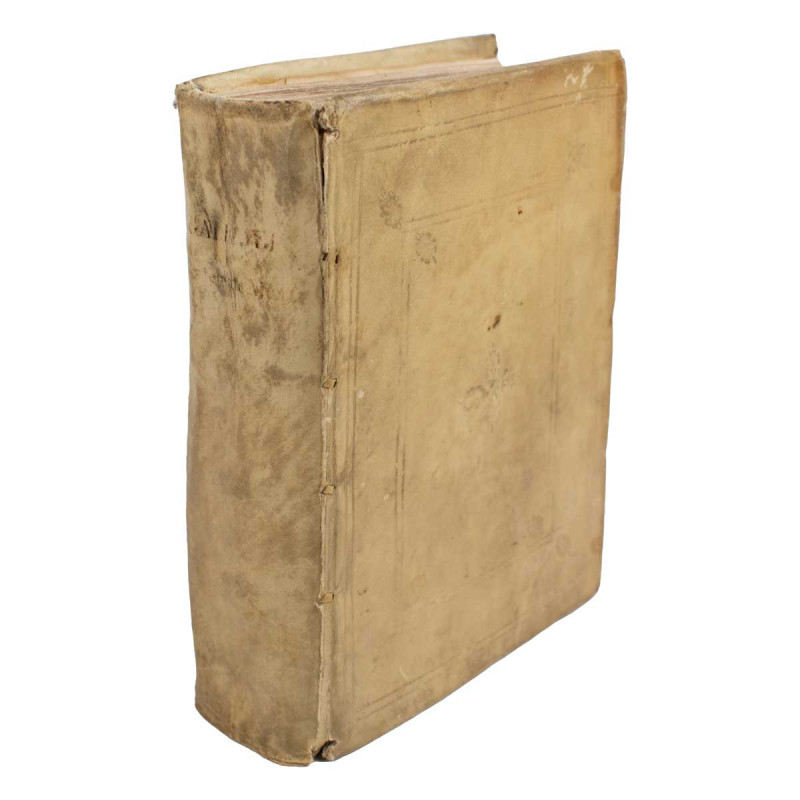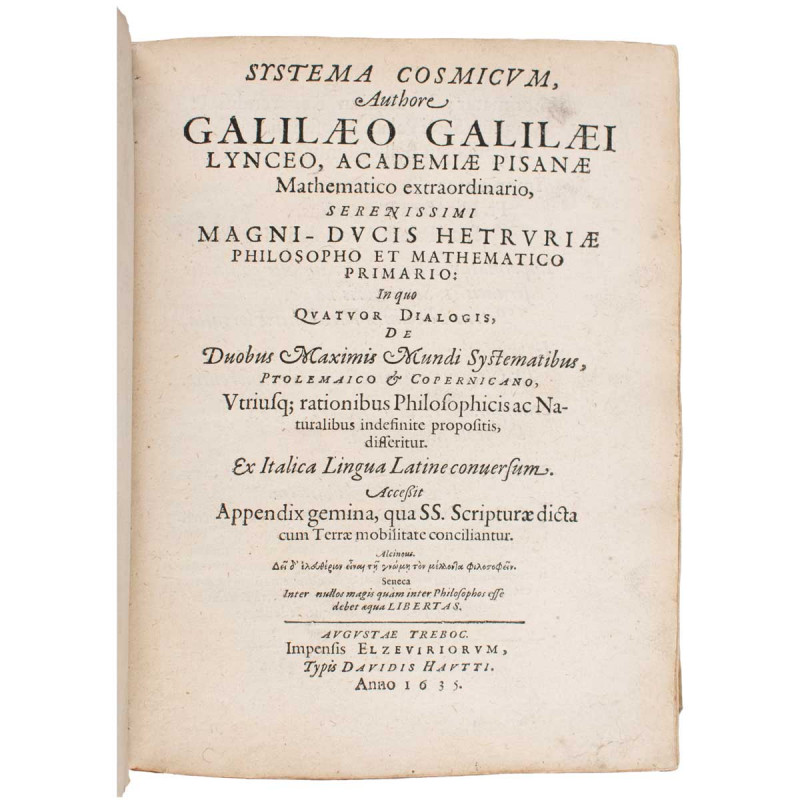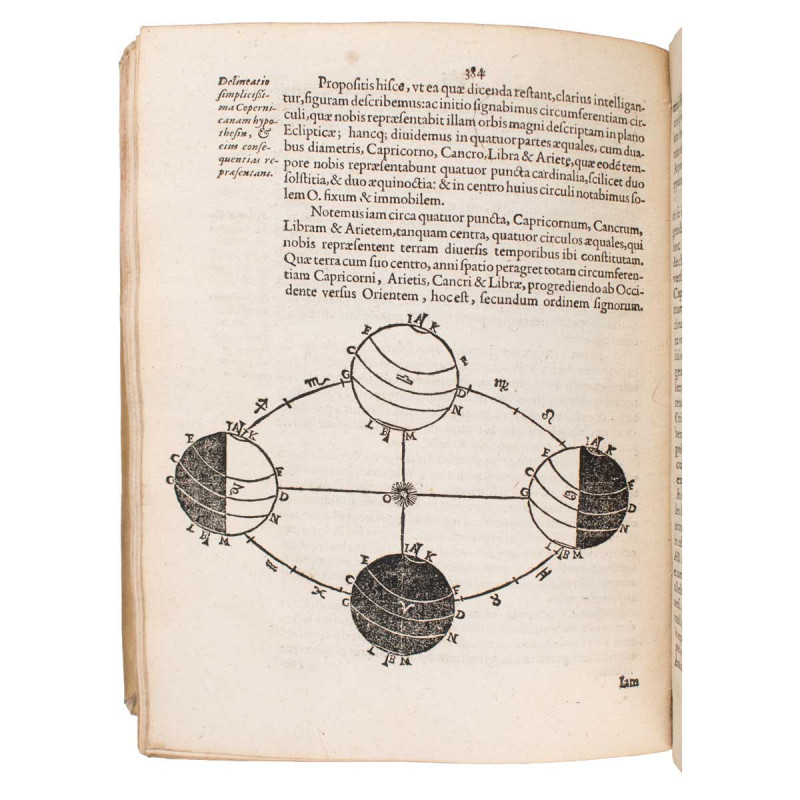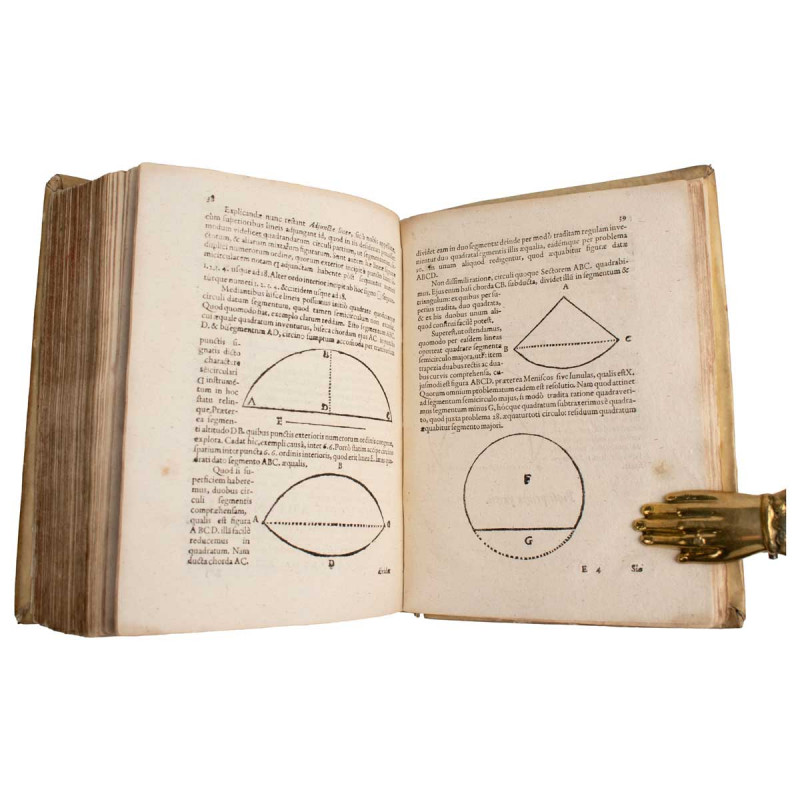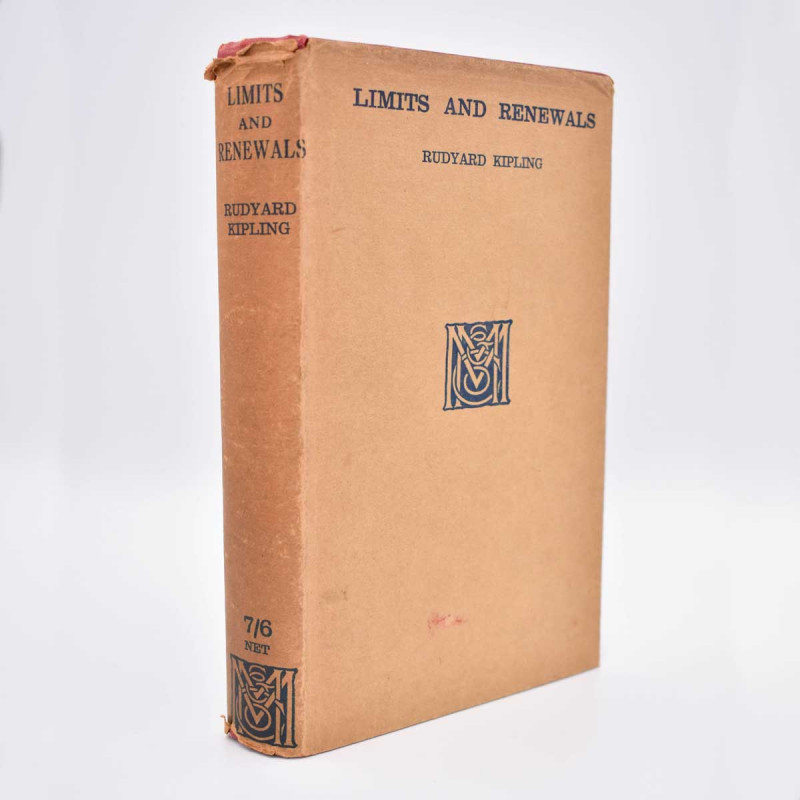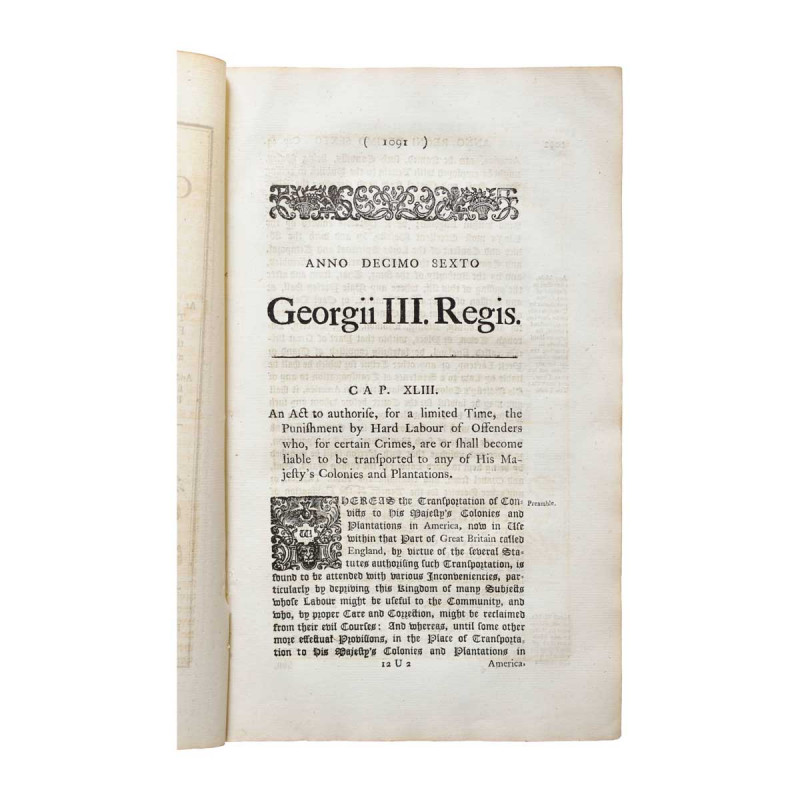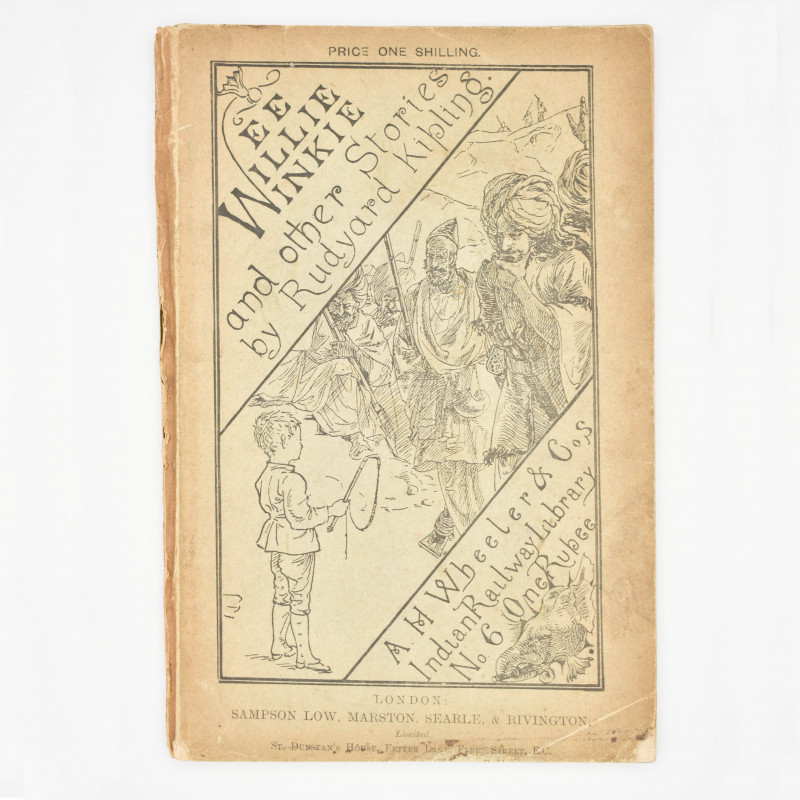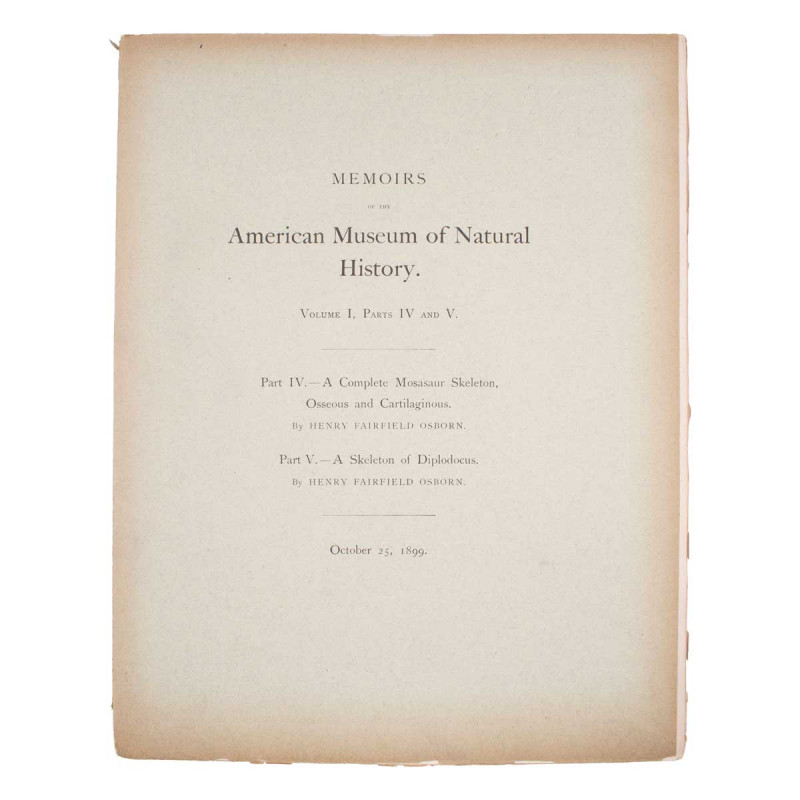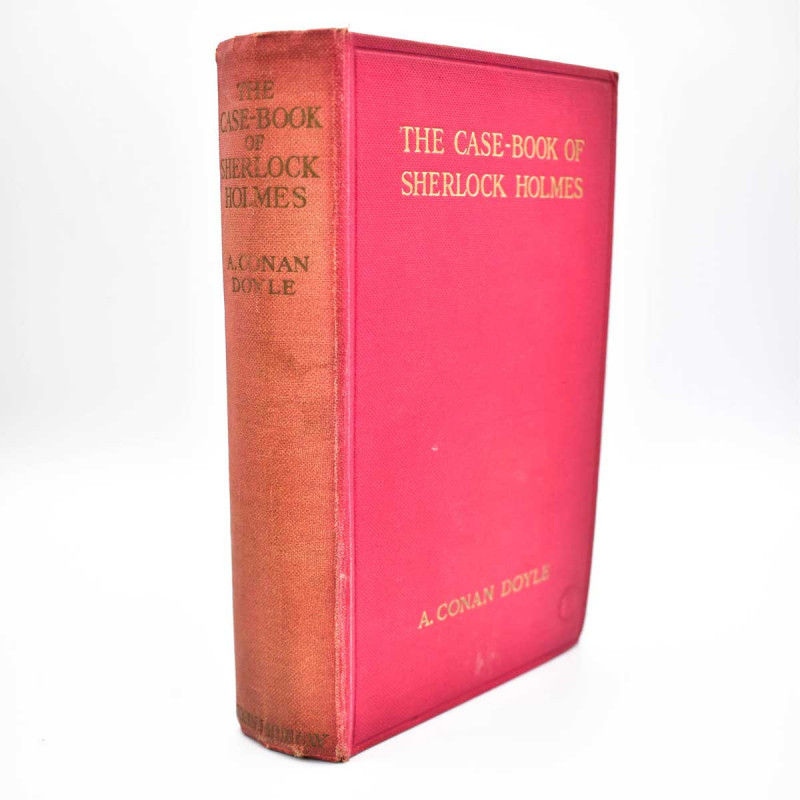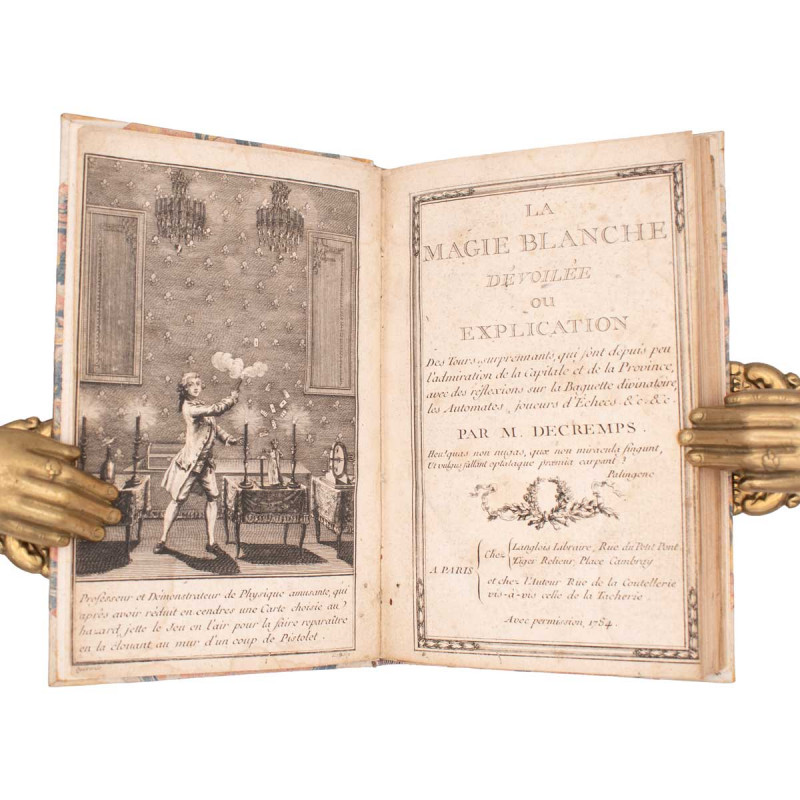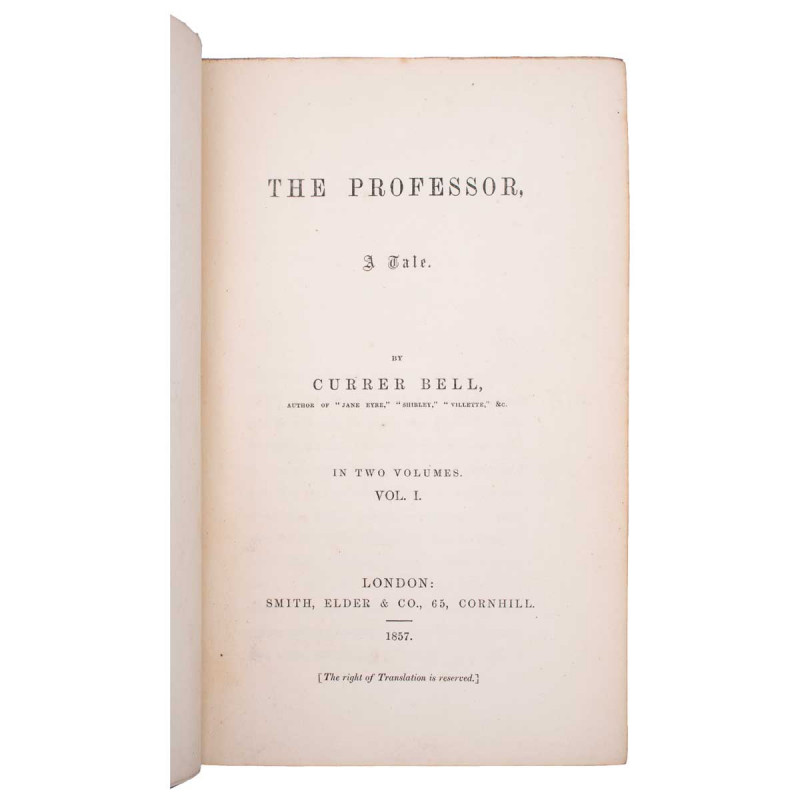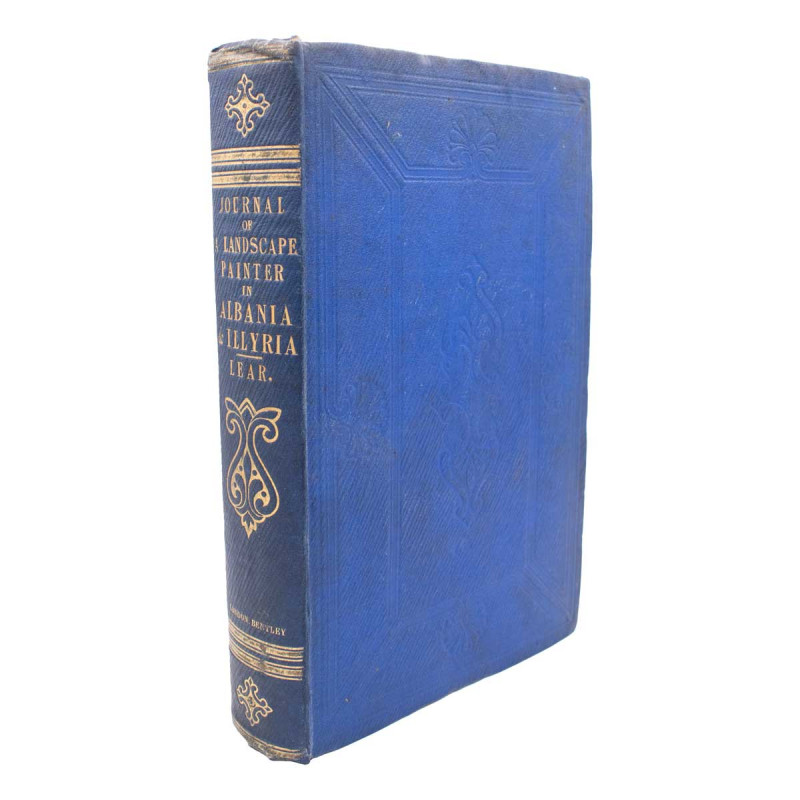Systema cosmicum...

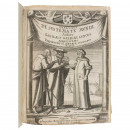
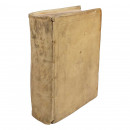
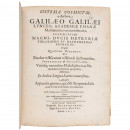
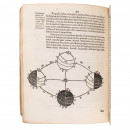

Book Description
... in quo quatuor dialogis, de duobus maximis mundi systematibus, Ptolemaico & Copernicano, utriusque rationibus philosophicis ac naturalibus indefinite propositis, differitur
2 works in one, [16], 495, [24]p., engraved frontispiece, woodcut initials and headpieces, engraved portrait of Galileo, woodcut diagrams and illustrations, Zz2-3 transposed, engraved title slightly frayed, contemporary blind-ruled vellum, modern pastedowns, 4to (191 x 144mm), Strassburg, David Huatt for the Elzevis, 1635.
THE FIRST LATIN EDITION, translated by Mathias Bernegger.
First published in Florence in 1632, Systema comicum was banned by the Catholic church and Galileo had been condemned for heresy by Urban VIII shortly after its publication. A surviving copy was smuggled out of Italy and made its way to Strassburg, where it was translated in Latin - the international language of science. Bernegger possibly acted on Galileo’s request (via Elia Diodati), though Bernegger was careful not to imply that Galileo had any part in its publication. Due to pressure to get this work out, Bernegger was still translating when printing began. 600 copies were produced in its first run, a large amount for the time. A new frontispiece was designed, based on the Italian edition but changed to show Copernicus as a young man, representing a young science in contrast to the two ancients, Aristotle and Ptolemy.
In Systema cosmicum… Galileo explains how Copernicus’s idea of heliocentric cosmology would work, but he makes the decision to frame it within a hypothetical context to try to avoid the Catholic church's ban on heliocentrism which came into effect in 1616. The work contains Galileo’s entire body of research, which he uses to bolster his arguments against accepting the scientific authorities one is presented with, without any further observations and experimentations to justify those facts.
Bernegger includes an extract from Kepler's In Martem and a letter by the Carmelite friar Paolo Foscarini (translated by Diodati under a pseudonym), both of which were to support the notion that Copernicanism was not contrary to the Bible, as stated on the title-page
The Elzevirs were keen to publish works unacceptable within papal dominions; this translation made Galileo's work accessible to the whole of Europe.
[BOUND WITH]
Tractatus de proportionum instrumento, quod merito Compendium universae Geometriae dixeris... Editio secunda
[8], 104.p, woodcut of a sector on title-page, woodcut initials and diagrams, wood cut headpieces, lacking engraved plate, Strasbourg, David Hautt, 1635.
The Tractatus de proportionum instrumento is the second Latin edition describing Galileo's "proportion compass.” This was the first device to perform arithmetic calculations by mechanical means. First published in Italian in 1606, Galileo's compass was a great improvement over earlier German models. Bernegger added his own extensive notes on the instrument, which was first printed in 1612. This 1635 edition was issued with a new title page and dedication. These two works are often found bound together.
Bernegger had previously translated into Latin Galileo's treatise on the proportional compass, adding his own extensive notes on the instrument, which was first printed in 1612; a reissue of that work, with a new title-page and dedication, is bound here after the Systema Cosmicum. These two works are often found bound together.
[Cinti 96; VD17 14:074200H & 12:155151T; Willems 426#]
Author
GALILEO, GALILEI; BERNEGGER, MATHIAS [TRANSLATOR]
Date
1635
Publisher
Strassburg, David Huatt for the Elzevis
Condition
very good
Friends of the PBFA
For £10 get free entry to our fairs, updates from the PBFA and more.
Please email info@pbfa.org for more information
